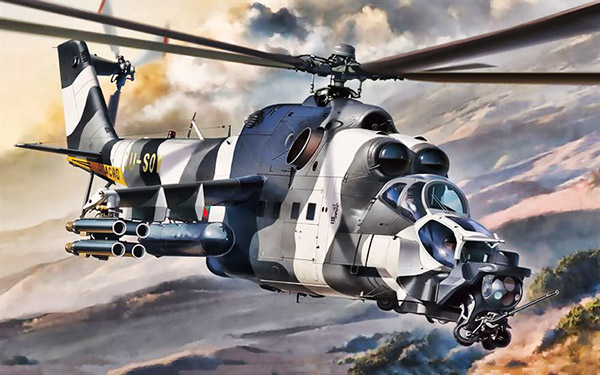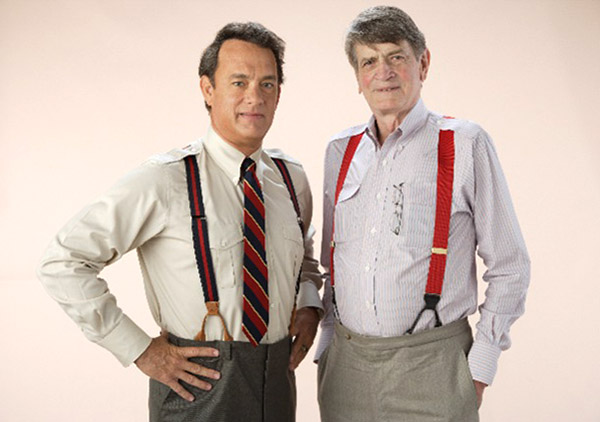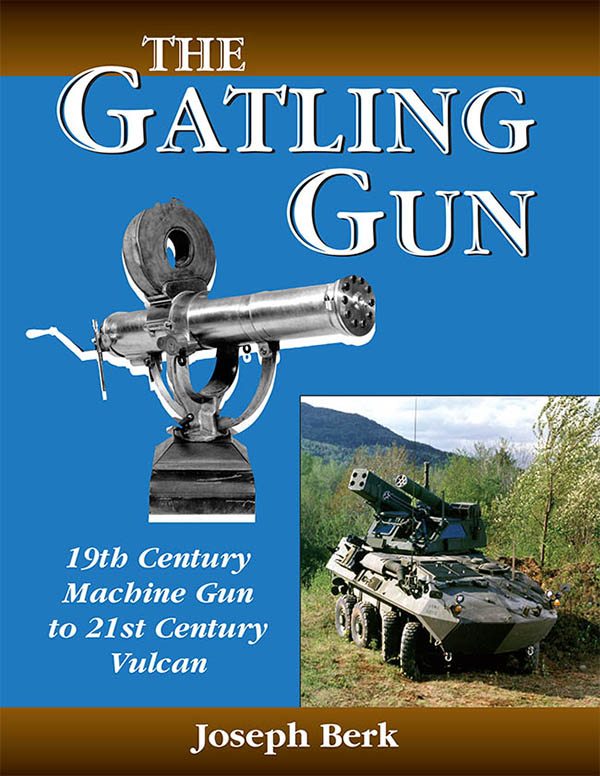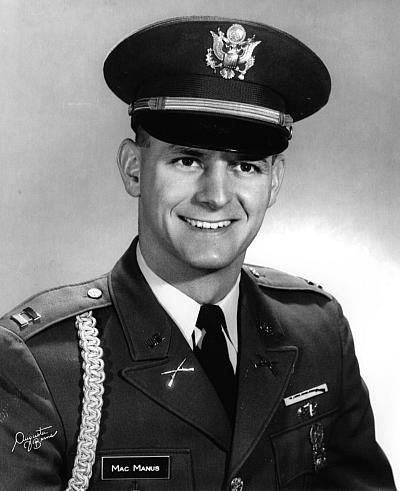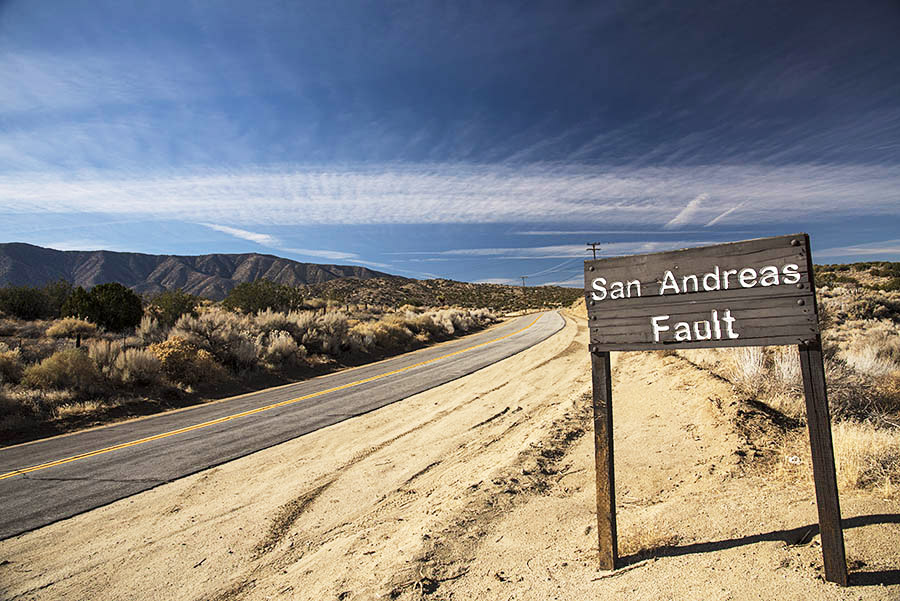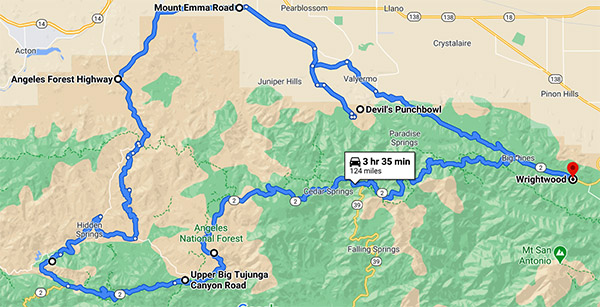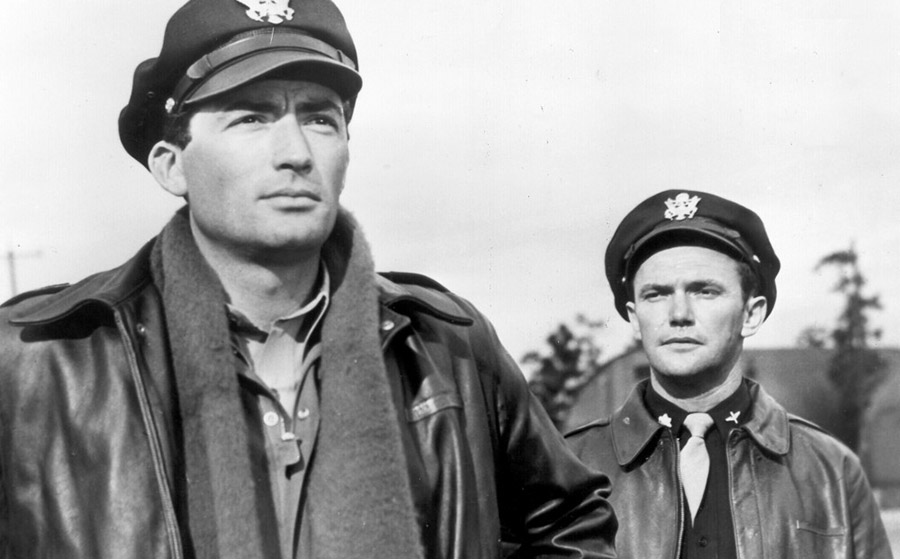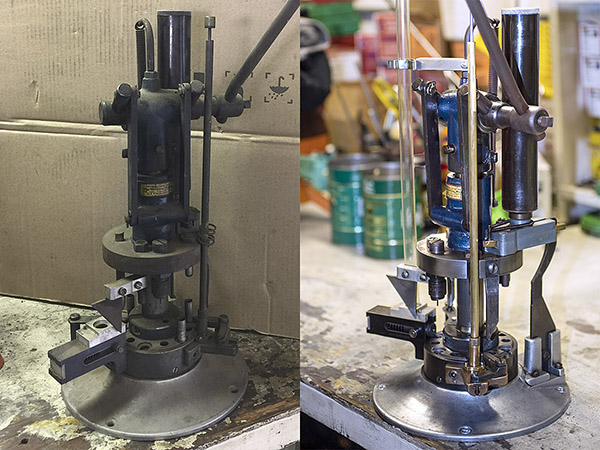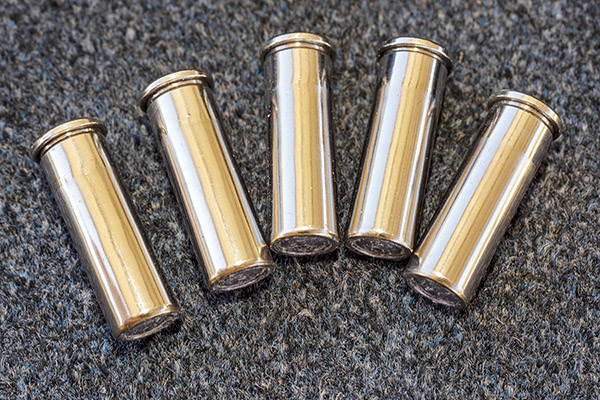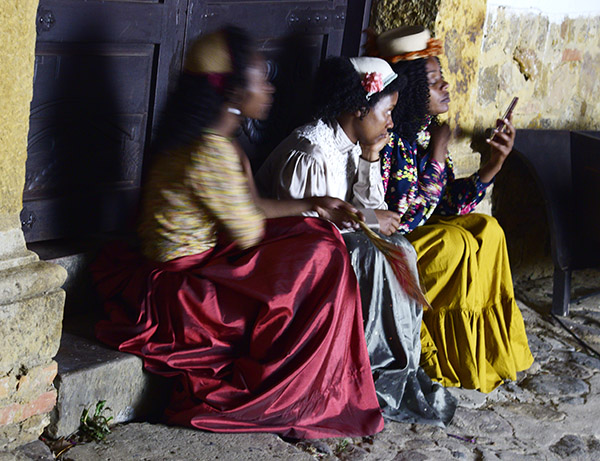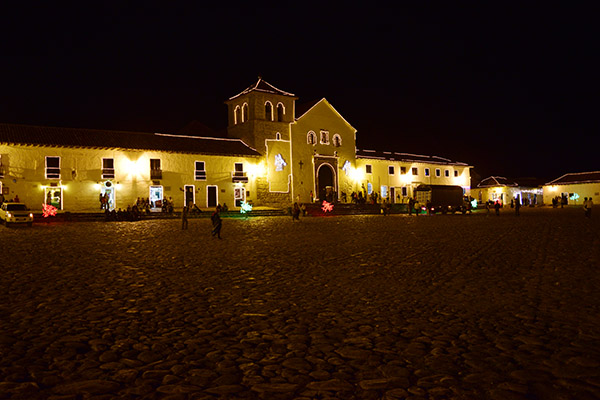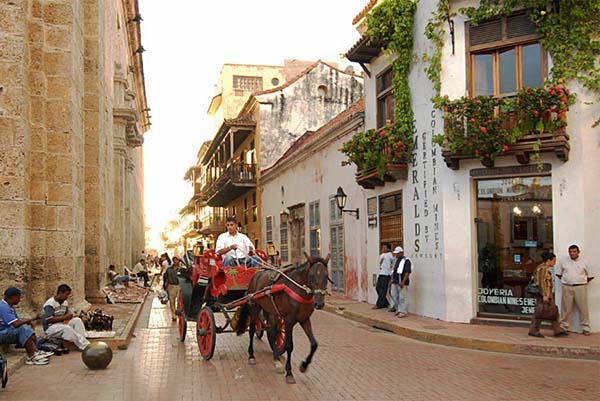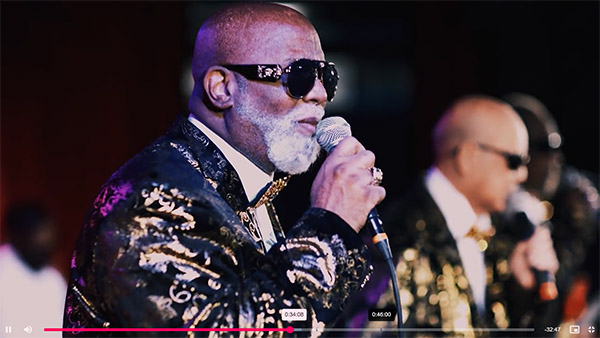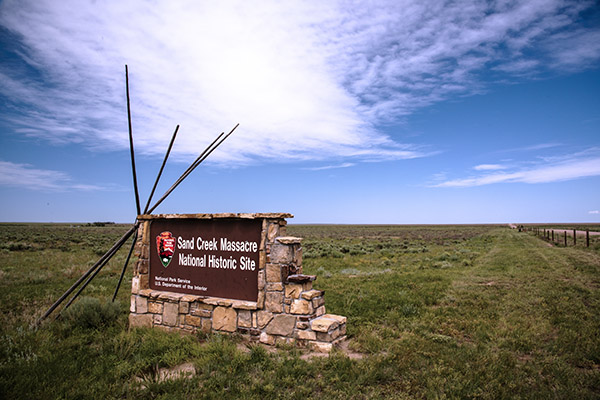I may seem like a cranky old man but I’m not that old. I admit I don’t like many of the useless widgets and features coming out on new motorcycles. As a rule they do nothing to enhance the feel of the wind or the joy of riding. Oh sure, they may make motorcycling safer and protect riders from themselves but the additional weight, more frequent breakdowns, and costly repairs (due to excessive complications) hardly seems worth it to me. I would go as far as to say a 1985 Japanese bike is more reliable than most any 2021 motorcycle.
You know what to do…please click on the popup ads!
Listen, I’m a booster for motorcycling. I know manufacturers need to sell new bikes and new bikes need to appear improved over older models. I don’t want you to think of me as a negative person and a killjoy about your fancy-pants electronic-nanny bike. If you imagine you’ve found something you like and feel happy about I’m good with it. And there have been a few improvements to motorcycles since I started messing with them. Keep in mind that I’ve been riding since the late 1960’s so some of the things I think of as new are not actually all that new.

Modern disc brakes are the biggest improvement to motorcycles. I rode for many years on bikes that would not lock the front wheel no matter how hard you squeezed the lever. Not only were the old drum brakes weak, they faded so badly going downhill that often the rider was left with no brakes at all. The first mass produced disc brakes in the 1970’s were a huge leap but nothing like the new multi-piston, multi-disc brakes on modern bikes. Motorcycle brakes became so good manufacturers had to hobble them with anti-lock systems to keep riders from crashing in a panic situation. You really can flip over frontwards on some bikes. My Husky 510 has a dinner plate sized disc that is a miracle of stopping power and it doesn’t come with a safety net. In the dirt I use one, very light finger. On pavement two fingers will stand the bike on its nose. I like having that power even though I’ll probably wipe out using it.

Fuel injection is the second best idea but you have to make compromises with complexity. Carburetors are relatively easy to adjust and owners can screw them up with just a few simple tools. Fuel injection requires some type of reader or display to tune. Aftermarket companies sell all manner of work-around black boxes and mapping programs. I’d say tune-ability is a toss up between the two fuel/air mixing systems.
At a fixed altitude, humidity, temperature and barometric pressure a carbed bike can run just as well as any injected bike. My token modern bike, the Husky 510, has FI but the rest of my bikes have carburetors and I manage to get from Point A to Point B just fine. I accept FI’s extra complexity because fuel injection works great. Over extreme altitude variations fuel injected motorcycles run so much better than carbed bikes you could almost miss their biggest advantage: less clogging. In a perfect world, a world without alcohol blended in, our gasoline carburetors do an acceptable job. The problem is modern fuel has such a short shelf life that, left to absorb moisture and drop out of suspension alcohol fuel can clog up carbs in just a few months of storage. Draining the carbs before parking the bike more than a month is mandatory.
Once past the fuel pump a fuel injection system is sealed off from oxygen and the elements, drastically improving gasoline’s shelf life. Even if the fuel does goes off in the tank the high fuel pressures of fuel injection tend to pump the crud on through. It’s still possible to gum up a fuel-injected bike sitting long periods of time but much less likely.

O-ring chains are not really new but the most recent versions are incredibly good. My early experience with O-ring chains saw the little o-rings go missing and the chain ended up no better than a plain old chain. After that I stopped using them for 30 years. Skip forward a few decades and it’s not unusual to get 20,000 miles or more out of a brand name O-ring chain. Give an O-ring chain a shot of 90–weight oil every 400 miles or so and you’ll be riding carefree minus the heavy parts of a shaft-driven motorcycle. Belt-drives are good, too, but every time I’ve taken a belt driven bike scrambling the belt starts squeaking and it takes a thousand miles for the noise to go away. On small displacement motorcycles O-ring chains do add a bit of drag but don’t trouble yourself over those things.

Tubeless, spoke rims are a recent development and they are a great new idea. Besides looking cool as hell, tubeless, spoke rims combine the easy hole patching ability of tubeless tires with the light, strong construction of spokes. I don’t know what took so long but I’m all for it, brother. One place I see a potential problem is running low pressures off-road but that has nothing to do with the wheel. If you’re trail riding at 15psi I suggest you stick a tube in your tubeless spoke wheel. I like the looks of spoke rims on a motorcycle but I also like being able to stab a tire plug in a flat tire and be on my way in 5 minutes. Tubeless spoke rims are a win-win idea. One day maybe I’ll have a bike with them fitted.

Liquid cooling has been around since gasoline engines were invented but I still think of the application in motorcycles as modern and one of the best ideas. Besides a few odd bikes like Scott and Suzuki most bikes were air-cooled until the mid 1980’s, and 1980 seems like yesterday to me. The big advantage to liquid cooling is the ability to tune the bike with one less variable to worry about: you know within a few degrees what temperature the engine will be 98% of the time. There’s also a sound deadening benefit that has become more important as we move forward into an eerily silent, clean world.
I own two liquid-cooled motorcycles and the extra complexity of the cooling system has not caused a problem on either one. I forget they are liquid cooled. My old Yamaha V-Max developed a leaky water pump at 80,000 miles but once fixed it rolled on to 112,000 miles without a hitch. Unfortunately, that bike was sunk in one of the many hurricanes that struck the Florida Keys during my time there.
These advancements in motorcycling have made bikes safer, quieter and more reliable, but not any more fun. I enjoy riding my old air-cooled, drum braked, carbureted, tube-tired, non-O-ring chained, Yamaha two-stroke best of all. It goes to show that as we move into the silent, safe, modern world the biggest and best ideas in motorcycling are still inside your mind.
Subscribe to the ExhaustNotes blog for free!

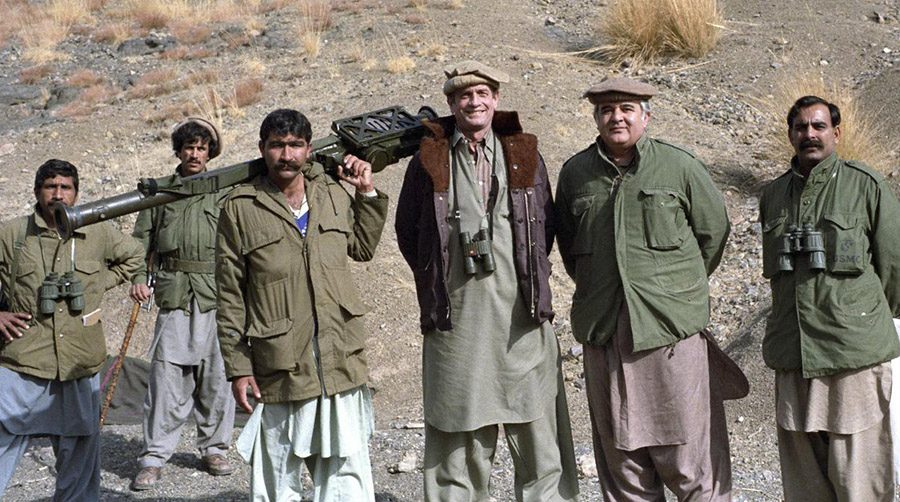
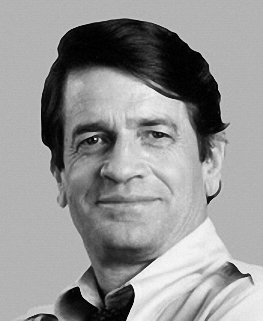 I met Charlie Wilson a couple of times when I was an engineer in the munitions business, so
I met Charlie Wilson a couple of times when I was an engineer in the munitions business, so 